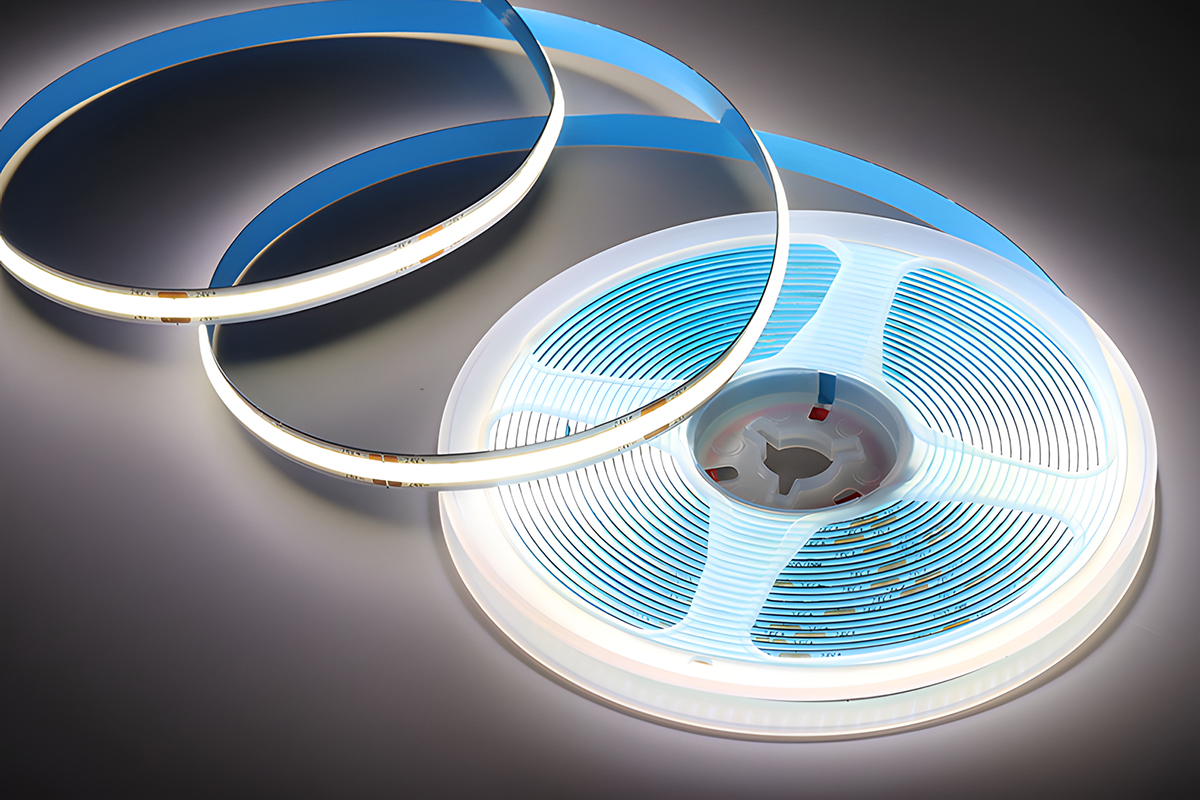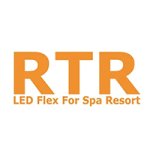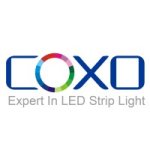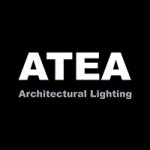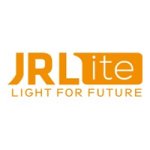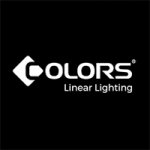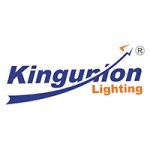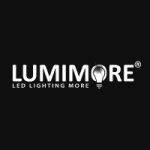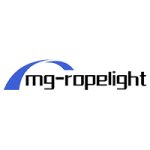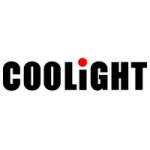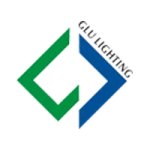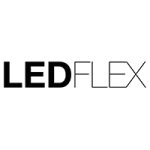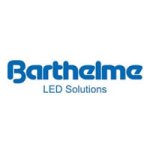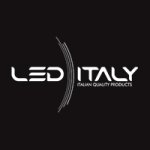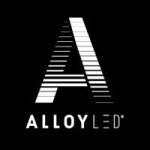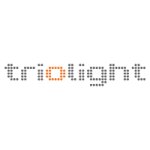A COB
LED strip light is a linear, integrated LED assembly capable of creating a continuous, seamless line of light. It employs
Chip-on-Board technology to integrate multiple
LED chips directly onto a single substrate, resulting in a densely packed light source. The closely packed LED chips create a smoother and more even distribution of light, without the segmented or dotted appearance found on SMD
LED strip lights. Uniform illumination enhances the aesthetics of lighting installations. Whether used for
architectural lighting, accent lighting, or decorative purposes, smooth and consistent illumination across the entire length of the strip enhances the quality of light in various applications, contributing to improved aesthetics, visual comfort, and functionality.
The COB design eliminates the need for individual LED packages, which addresses various challenges associated with traditional LED strips made with SMD (Surface-Mount Device) LED packages.
- The absence of individual packages eliminates the spacing and shadows that can occur between separate LEDs. The close arrangement of LED chips on the COB strip helps to distribute light more evenly.
- The uniform application of phosphor on COB LED strips helps minimize color variations between individual LED chips on the strip. This results in a more consistent and visually pleasing appearance, which makes COB LED strips advantageous in applications where color uniformity is critical.
- The absence of individual LED packages and the compact arrangement of LED chips on the COB substrate not only reduce the overall size of the strip, but also reduce the thermal path, allowing for efficient heat dissipation.
- The high LED packing density and high efficiency thermal design allow for high flux density, contributing to increased brightness.
- COB LED strips typically offer wider viewing angles when compared with SMD LED strips, allowing light to be evenly distributed over a broader area.
- The COB configuration enables a compact and slim design, making COB LED strips suitable for applications with limited space.
Construction and fabrication
A COB LED strip light is fabricated by populating LED chips on a substrate. The substrate serves as the base onto which the LED chips will be mounted. It provides mechanical support, thermal dissipation, and electrical connectivity. The substrate is a rigid or flexible material that can withstand the manufacturing processes and the environmental conditions in which the LED strips will be used. A layer of thermal paste or adhesive is applied onto the substrate. This paste helps to improve the thermal contact between the LED chips and the substrate. The LED chips are arranged in a grid or array, depending on the design and intended application of the COB LED strip. Electrical connections are made between the individual LED chips and the substrate using wire bonds or solder.
Various electronic components are mounted on the substrate to support the functionality, performance, and control of the COB LED strip. Resistors are used to limit the current flowing through the LEDs. Capacitors, inductors, and diodes may be used to regulate and condition the incoming electrical power. Microcontrollers or integrated circuits (ICs) may be mounted on the substrate to control the LEDs for dimming, color changes, and other effects.
In the case of white LED strip lights, a phosphor coating is applied to down-convert the blue light emitted by the LEDs into a broad-spectrum
white light. Encapsulation and waterproofing are critical aspects of the manufacturing process for COB LED strips used in outdoor or wet environments. Depending on the chosen material (silicone, PU, or PVC), application of the encapsulation material can be done through pouring, injection, or dipping.
The substrate
The substrate, which serves as the foundation upon which the individual LED chips are mounted and interconnected, plays a critical role in the overall performance, durability, and functionality of a COB LED strip. The choice of substrate material and design considerations directly impact thermal management, structural support, electrical connectivity, and overall performance of the LED strips. The aluminum PCB is a common choice for rigid COB LED strips. It provides a rigid structure and a good thermal path for heat transfer away from the LEDs. Flexible PCBs are made of materials like polyimide, which allows the LED strip to conform to curved or irregular surfaces. The PCB must facilitate efficient heat dissipation to prevent overheating of the LEDs. Copper traces on the PCB provide electrical pathways for the
COB LEDs. The thickness of copper traces is important for carrying current. Thicker traces can handle higher currents and contribute to better thermal performance. The substrate material must be durable and resistant to environmental factors.
Chip mounting
Wire bonding is a technique used in the fabrication of traditional COB LED strips to connect the LED chip to the substrate or other electrical components. These wires, typically made of aluminum or gold, create the electrical connections between the chip and the substrate. One of the main disadvantages of wire bonding is its limited thermal performance. The thin wires used in the process may not provide as efficient heat dissipation as alternative methods. Wire bonding introduces additional thermal resistance due to the presence of the bonding wires. This can be a concern in high density
LED lighting applications where effective thermal management is crucial to maintaining LED performance and longevity. The thin wires used in wire bonding have a limited current-carrying capacity. Furthermore, wire bonds may be subject to degradation over time due to factors such as thermal cycling and mechanical stress. In contrast, die bonding creates a direct connection between the chip and the substrate, eliminating the need for individual wire connections. This process ensures proper thermal contact and electrical connection between the LED chip and the substrate.
Flip chip technology
Flip chip technology is a method of attaching LED chips directly to th PCB in COB LED strips. In flip chip technology, the LED chip is flipped and mounted face-down onto the substrate. The active region of the LED is attached directly to the substrate or
heat sink using the die bonding process. This direct attachment facilitates more efficient heat dissipation, reducing the thermal resistance between the LED chip and the substrate. The improved thermal performance and reduced thermal resistance associated with flip chip LEDs allow for higher power density. This is particularly important in applications like COB LED strips where multiple LEDs are closely packed. Flip chip technology can contribute to a more compact design. The direct attachment of the LED chip to the substrate eliminates the need for wire bonding, allowing for a smaller form factor. This combination of flip chip technology and die bonding is commonly used in the fabrication of COB LED strips to achieve better performance and reliability.
Phosphor application
The application of phosphor allows COB LED strips to achieve specific
color temperatures and color qualities in the emitted light. Different phosphor formulations can be used to achieve warm white, neutral white, or cool white light. High-quality phosphors contribute to achieving a high
color rendering index (CRI). This is particularly important in applications where accurate color rendering is critical, such as in accent and display lighting in retail stores and art galleries. The phosphors must be designed to remain stable over time to ensure that the COB LED strip maintains its consistent color performance throughout its operational life. During the manufacturing process, efforts are made to ensure a uniform and consistent application of the phosphor down-converter across the entire length of the COB LED strip. This is critical in achieving consistent color characteristics.
Color configuration
COB LED strips are available in different color configurations. White COB LED strips and other single color LED strips provide a consistent and uniform color throughout the entire length.
Tunable white COB LED strips allow users to adjust the color temperature of the light output, ranging from warm white to cool white. Dim-to-warm COB LED strips mimic the dimming behavior of incandescent bulbs.
RGB, RGBW and RGBA COB LED strips can create a wide spectrum of colors by adjusting the intensity of each component LED. RGBWW COB LED strips can produce a tunable range of white light while still offering the flexibility of RGB LED systems. Digital Addressable COB LED strips use
individually addressable LEDs to create dynamic lighting effects. These effects are often programmable and can be synchronized with music or other external factors.
Applications
COB LED strips find applications in various lighting scenarios. They are used for
architectural lighting to highlight building structures, facades, and architectural details. In retail environments, COB LED strips can be employed to illuminate product displays, shelves, and showcases, enhancing the visibility and attractiveness of merchandise. COB LED strips are often used for
under-cabinet lighting in kitchens, providing bright and even illumination for countertop tasks. COB LED strips are ideal for accent lighting in both residential and commercial spaces. They can be installed in coves or recessed spaces to create indirect lighting. They can be installed along ceilings, walls, or recessed areas to create a soft, indirect glow. COB LED strips, especially those with RGB capabilities, are used in entertainment and
stage lighting for dynamic color-changing effects during performances. Waterproof or outdoor-rated COB LED strips are used for
landscape lighting, accentuating pathways, gardens, and outdoor architectural elements. COB LED strips are popular for
automotive lighting applications, both interior and exterior.
